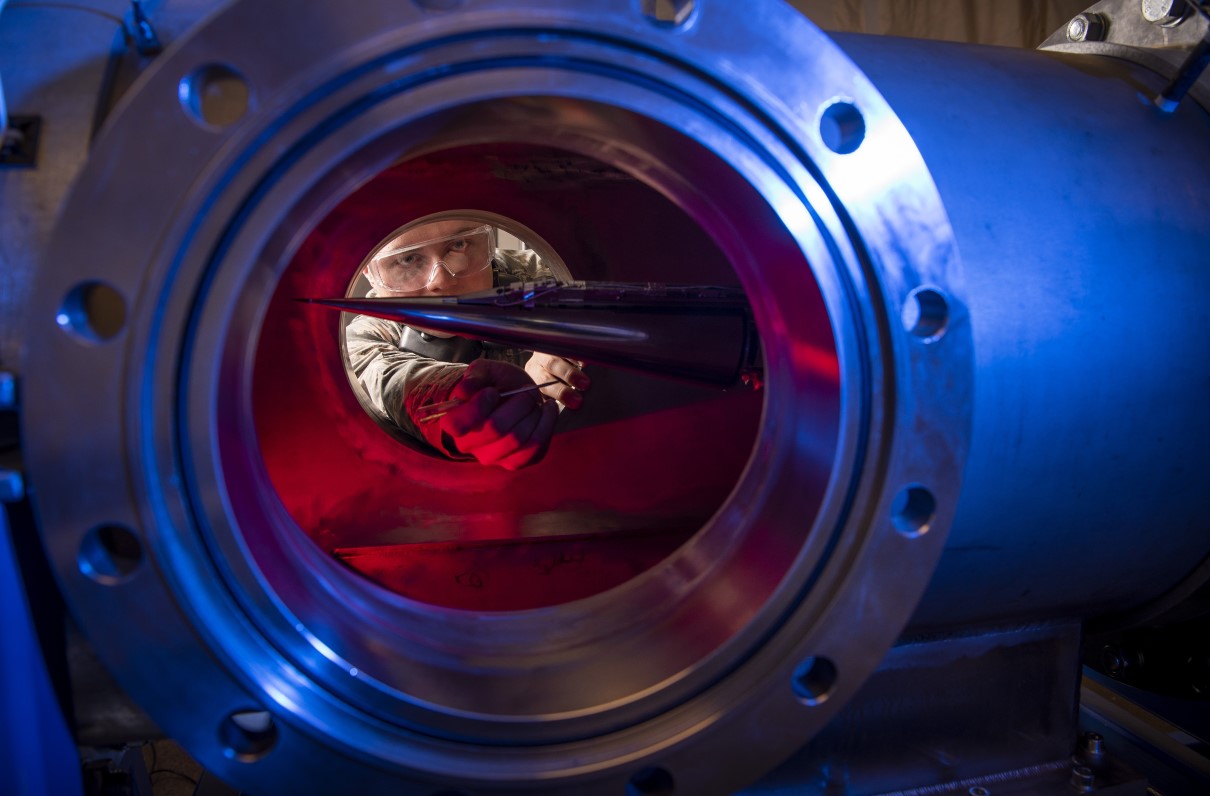This article by Hope Hodge-Seck first appeared on Military.com, the premier resource for the military and veteran community.
The Defense Department is "doubling down" on hypersonic technology and other cutting-edge weapons, Defense Secretary Mark Esper said Friday, and it's continuing to clean house on older systems to fund the investment.
Esper told an audience at the Center for Strategic and International Studies in Washington, D.C., that the Pentagon had nearly doubled its long-term investment in hypersonic weapons, with almost $5 billion allocated in the fiscal 2020 budget alone and an "even stronger" fiscal 2021 budget request in planning.
"We have significantly ramped up flight testing and other experimentation so we can accelerate the delivery of this capability in all its forms," he said.
And to make that happen, he said, the DoD will need to keep cutting. Esper said that will mean finding efficiencies within the department, as well as continuing to divest of legacy systems that are no longer relevant to the current fight.
[RELATED AT MILITARY.COM: Why Russia's Hypersonic Missiles Can't Be Seen on Radar]
"I've been telling the Pentagon for two-and-a-half years now that our budgets are what they are. They're not going to get any better, and so we have to be much better stewards of the taxpayer's dollar. And that means ... divesting of legacy things, divesting of things that don't deliver a high [return on investment]," he said.
As Army secretary, Esper presided over a service "night court" divestment effort that officials say delivered more than $30 billion in savings. He was confirmed as defense secretary in July.
He acknowledged that Congress sometimes puts up its own roadblocks to divestment.
"Congress is fully behind [budget stewardship], but then there's that moment of time when it hits their backyard and you have to work your way through that," he said. "We have to make that leap."
Esper emphasized the National Defense Strategy's focus on China foremost, and Russia second, as near-peer competitors and impetus for new warfighting concepts and investments.
"We have a lot of support from Congress, and we have to bridge this gap now between what was Cold War-era systems and the counterinsurgency, low-intensity fight of the last 18 years, and make this leap into great power competition with Russia and China -- China specifically," he said. "And that requires, again, a whole new way of thinking."
[RELATED: MOAA Named One of The Hill’s Top Lobbyists for 2019]
Hypersonic weapons, which include missiles that move at five times the speed of sound, have been a priority for all the military services.
In 2018, as secretary of the Army, Esper told reporters he wanted the service to develop and field the weapons by 2028.
"The United States had the early breakthrough in this field, and now we need to double down on that and accelerate our efforts," Esper said Friday. "I think it's another arrow in our quiver that we need to have and we need to develop and modify. Based on the needs of the combatant commanders, we will deploy them in close consultation with our allies and partners to make sure we have that technology available to us."
Other articles from Military.com:
US Special Operators Could Use This New Suppressor That Relies on WWI Technology
V-22 Osprey Designed for the Navy Makes First Flight
Some Civilians Who Served in Vietnam Are Getting Veteran Status


